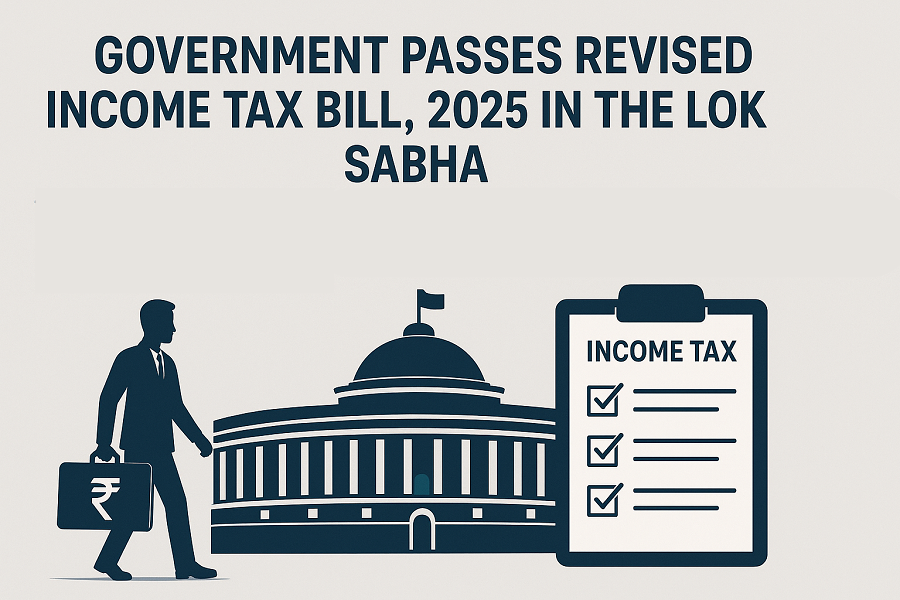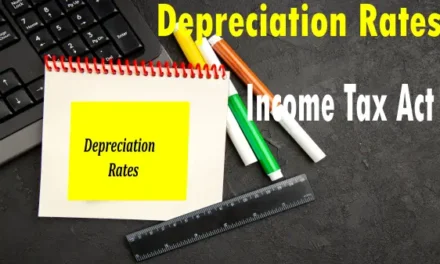The latest version of Income Tax bill ,2025 passed in the Lok Sabha on August 11. Rationalisation and simplification of the Act. Read below for Key changes.
The Lok Sabha on Monday passed the revised Income Tax Bill 2025 on August 11. Earlier, the Central Government had withdrawn the last Income Tax Bill 2025 passed in February 2025 on August 8. The New Income Tax Bill incorporates the changes suggested by the Parliamentary select committee.
The new Income Tax Bill 2025 seeks to replace the decades old Income Tax Act, 1961. The recommendation suggested by BJP MP Baijayant Panda led select Committee has been accepted and incorporated in the revised Income Tax Bill 2025.
The Select committee has suggested various changes to the Income Tax Bill 2025.
Please click here to read the report of the Select committee on the Income Tax Bill,2025.
Some of the suggestions included
1. Tax payers can claim refund of TDS without penal charges for belated filings.
2. Option of No- TDS certificate introduced for nil taxability taxpayers
3. No Taxing of notional rent on vacant house property
4. MSME Definition brought in alignment with the MSME Act
Some of the Key examples of simplifications and Rationalisation in the new Income Tax Bill ,2025 include.
1. Simplification of TDS/TCS provisions by categorising in to Resident, Non-resident and other persons. Further Income tax rates and thresholds have been rationalised.
2. Self-contained code for salaried employees
3. Redundant provisions like Fringe benefit tax and section 10(33) – exemption for income arising from the transfer of the capital asset, has be removed.
4. Provisions related to NPO (Nonprofit organisations have been consolidated in to one chapter.
5. The concept of assessment year and Previous has been replaced by the concept of “Tax Year”
The new Income Tax bill,2025 has seen substantial reduction in volume of the Act as presented below. The reduction achieved in terms of number of words, chapters, sections and through the use of tabular formats and formulae is summarized below
| Item | Existing Income-tax Act, 1961 | Proposed in the Income-Tax Bill, 2025 | Change (Reduction/Addition) |
| Words | 5,12,535 | 2,59,676 | Reduction: 252,859 words |
| Chapters | 47 | 23 | Reduction: 24 chapters |
| Sections | 819 | 536 | Reduction: 283 sections |
| Tables | 18 | 57 | Addition: 39 tables |
| Formulae | 6 | 46 | Addition: 40 formulae |
The language has been simplified making the document easy to read and understand. The existing law, as amended to date, has been consolidated in a concise document. The drafting style of the new Bill is straightforward and clear, making the provisions easier to understand. Redundancies and need for cross-referencing between Sections and Chapters have been eliminated. Greater clarity has been brought in the Act without any structural or policy changes and without disturbing the long-settled taxation principles. A significant aspect of the Bill is the introduction of the concept of ‘tax year’ (as unit period of taxation), replacing ‘previous year’ and ‘assessment year’. The timelines and computation in the Bill are now with reference to the tax Year for which the income is liable to be taxed. All provisos (about 1200) and explanations (about 900) have been removed.






